Home>Garden Essentials>How To Water Vertical Garden
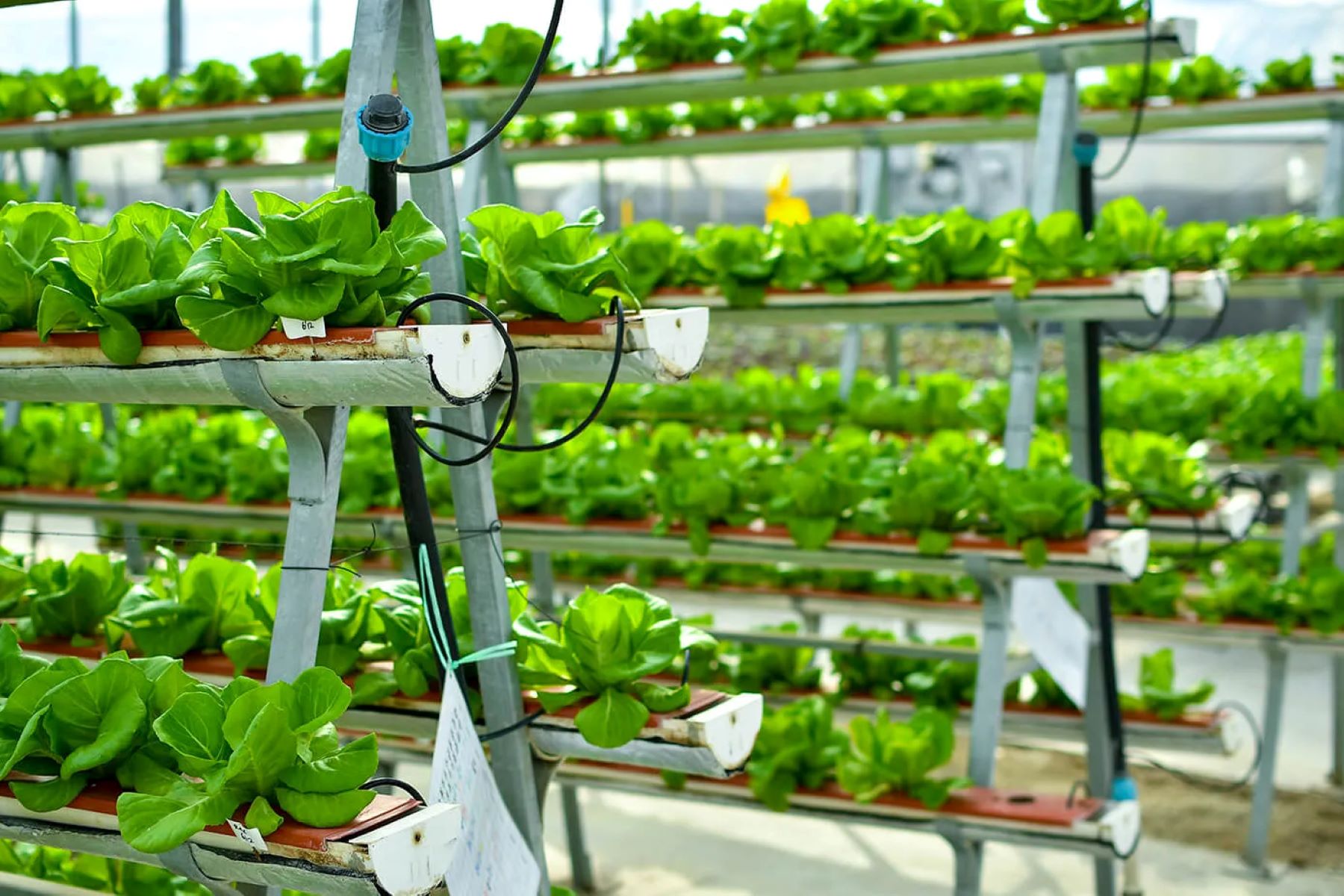

Garden Essentials
How To Water Vertical Garden
Modified: March 15, 2024
Discover the best methods for watering your vertical garden. Ensure your garden stays healthy and thriving with our expert tips and techniques.
(Many of the links in this article redirect to a specific reviewed product. Your purchase of these products through affiliate links helps to generate commission for Storables.com, at no extra cost. Learn more)
Introduction
Welcome to the world of vertical gardening! If you’re looking to add a touch of greenery to your living space or maximize your garden space, vertical gardening is the way to go. This innovative gardening technique allows you to grow plants on vertical surfaces like walls, fences, and even balconies, transforming ordinary spaces into lush and vibrant oases.
Vertical gardening offers numerous benefits, including aesthetic appeal, space optimization, improved air quality, and even potential food production. Whether you have a small apartment or a sizeable backyard, a vertical garden can be tailored to suit your needs and preferences.
In this article, we will guide you on how to water your vertical garden effectively. Proper watering is crucial for the health and growth of your plants, and with a vertical garden, there are specific considerations to keep in mind to ensure your plants thrive.
Before we dive into the watering techniques, let’s explore some of the remarkable benefits of vertical gardening.
Key Takeaways:
- Vertical gardens maximize space, purify air, and offer food production. Choose plants wisely based on light, growth habit, and watering needs to ensure a thriving and visually appealing garden.
- Proper watering techniques, including hand watering, drip irrigation, and self-watering containers, are essential for vertical gardens. Automated systems and regular maintenance help keep plants healthy and vibrant.
Read more: How To Build Vertical Garden
Benefits of a Vertical Garden
Vertical gardens offer a wide range of benefits for both indoor and outdoor spaces. Here are some of the remarkable advantages of incorporating a vertical garden into your living environment:
- Maximize Space: One of the primary advantages of vertical gardening is its ability to maximize limited space. Whether you have a small balcony, a courtyard, or even a small indoor area, vertical gardens allow you to utilize vertical surfaces to grow plants, saving valuable floor space.
- Aesthetically Pleasing: Vertical gardens are visually stunning and can transform any plain wall or fence into a green and vibrant focal point. The lush vertical vegetation brings life and beauty to otherwise dull spaces, creating a welcoming and refreshing atmosphere.
- Air Purification: Plants are natural air purifiers, and vertical gardens provide an excellent opportunity to enhance air quality. They absorb carbon dioxide and release oxygen, improving the overall air circulation in your environment.
- No More Weeding: A vertical garden can significantly reduce the need for weeding, as elevated planters or wall-mounted pots minimize weed growth. This enables you to spend more time enjoying your garden rather than maintaining it.
- Increased Privacy: If you have a balcony or outdoor space that lacks privacy, a vertical garden can serve as a natural shield. The dense foliage acts as a visual barrier, giving you a sense of seclusion and enhancing the overall ambiance of your outdoor area.
- Reduced Energy Consumption: Vertical gardens also provide insulation to buildings, reducing the amount of heat absorbed and released through walls. By acting as a natural barrier, they help regulate temperature and ultimately reduce energy consumption for heating or cooling purposes.
- Food Production: Vertical gardens can be an excellent option for growing your own herbs, vegetables, or even fruit in a limited space. Compact varieties of plants, such as cherry tomatoes or dwarf peppers, can thrive in vertical gardens, allowing you to enjoy fresh produce right at your fingertips.
These are just some of the many benefits that vertical gardens offer. Now that you’re aware of the advantages, let’s move on to the next step – choosing the right plants for your vertical garden.
Choosing the Right Plants for a Vertical Garden
When it comes to selecting plants for your vertical garden, it’s essential to consider a few crucial factors. Since vertical gardens typically have limited soil space and unique growing conditions, choosing the right plants is vital for their overall health and success.
Here are some tips to help you choose the perfect plants for your vertical garden:
- Light Requirements: Evaluate the sunlight exposure of your vertical garden area. Determine whether it receives full sun, partial shade, or full shade throughout the day. This information will guide you in selecting plants that thrive in specific light conditions. For example, sun-loving plants like tomatoes and peppers require at least six to eight hours of direct sunlight, while shade-loving plants like ferns and hostas prefer low-light and indirect sunlight conditions.
- Growth Habit: Consider the growth habit of the plants you choose. Some plants naturally cascade and hang down, making them ideal for vertical gardens. Others have a more upright growth habit and can be trained to grow vertically, either by using trellises or by attaching them to support structures. Match the growth habit of the plant with the design and structure of your vertical garden to achieve the desired aesthetic appeal.
- Size and Weight: Since vertical gardens are often mounted on walls or hung from structures, it’s crucial to select plants that are not excessively heavy or will overpower the support systems. Opt for plants with compact growth and shallow root systems. Herbaceous plants, succulents, and flowering vines are generally suitable choices for vertical gardens due to their lightweight nature.
- Watering Needs: Different plants have varying watering requirements. Consider the availability of water in your vertical garden and choose plants that have similar moisture needs. Mixing plants with drastically different watering needs can lead to over or under-watering situations, impacting the health and vitality of the plants.
- Climate Compatibility: Take into account the specific climate and weather conditions in your region. Some plants may not tolerate extreme heat, frost, or high humidity. Choose plants that are well-suited to the local climate to ensure their long-term survival and optimal growth.
- Maintenance: Consider the level of maintenance required for each plant. Some plants may need frequent pruning, fertilizing, or special care. If you have limited time or prefer low-maintenance plants, opt for varieties that are hardy and require minimal attention.
By carefully considering these factors, you’ll be able to select a diverse range of plants that will thrive in your vertical garden and create a stunning display of foliage and blooms. With the right plants in place, it’s time to move on to designing and building your vertical garden.
Designing and Building Your Vertical Garden
The design and construction of your vertical garden are crucial to its overall success and aesthetics. Whether you’re working with a small balcony or a larger outdoor space, here are some steps to guide you through the process:
- Assess Your Space: Start by assessing the available space for your vertical garden. Consider the dimensions, sunlight exposure, and any existing structures like walls or fences that can be utilized. This will help you determine the size and layout of your vertical garden.
- Select a Vertical Garden System: There are various options for constructing your vertical garden, including wall-mounted planters, modular systems, and hanging pots. Choose a system that suits your budget, space, and personal preference. Ensure that the system is durable, allows proper drainage, and is easy to maintain.
- Prepare the Surface: If you’re attaching your vertical garden to a wall or fence, make sure the surface is clean, stable, and appropriately prepped. Remove any debris, repair any damage, and apply a waterproof barrier if necessary. This step ensures the stability and longevity of your vertical garden.
- Soil and Growing Medium: Select a well-draining soil mix suitable for your chosen plants. Vertical gardens often require lightweight and nutrient-rich soil to support plant growth. Consider adding compost or organic matter to enhance the soil’s fertility. If using a modular system, fill each planting pocket with the appropriate growing medium.
- Plant Placement: Before planting, plan the arrangement of your plants. Consider their growth habits, height, and color to create a visually appealing and balanced composition. Place trailing or cascading plants at the top of the vertical garden to create a cascading effect, while taller plants can be positioned towards the bottom or sides.
- Planting Techniques: Depending on the chosen system, follow the recommended planting techniques. Ensure that each plant is securely placed in its designated spot and adequately supported. Gently water the plants after planting to settle the soil and promote root establishment.
- Add Design Elements: Enhance the visual appeal of your vertical garden by incorporating design elements such as decorative accents, trellises, or hanging ornaments. These elements add interest and a personal touch to your vertical garden, making it a unique and inviting space.
- Proper Irrigation: Effective irrigation is crucial for a thriving vertical garden. Water your plants regularly, ensuring that the water reaches the root zone without excessive runoff. Consider using a drip irrigation system or self-watering containers to provide consistent moisture to your plants.
Remember to regularly monitor your vertical garden for any maintenance needs, such as pruning or fertilizing. With careful planning and attention to detail, your vertical garden will flourish and become a stunning addition to your living space.
Now that your vertical garden is designed and built, let’s delve into the different watering techniques you can employ to keep your plants happy and healthy.
Watering Techniques for a Vertical Garden
Proper watering is essential for the health and vitality of your vertical garden. The unique structure and orientation of vertical gardens require specific watering techniques to ensure that the plants receive adequate moisture without causing waterlogging or runoff. Here are some effective watering techniques to consider:
- Hand Watering: The simplest and most common method of watering a vertical garden is by hand using a watering can or hose with a gentle spray nozzle. This allows for precise control of water distribution and is particularly useful for plants with varying moisture requirements. Water the plants at the base, directing the water to the root zone to avoid wetting the leaves excessively.
- Drip Irrigation: Drip irrigation systems are highly efficient and deliver water directly to the root zone of each plant. This method ensures minimal water wastage and promotes deep root growth. Install drip emitters or micro-sprinklers at strategic points in your vertical garden, allowing the water to slowly drip or spray onto the soil surface.
- Self-Watering Containers: Self-watering containers are an excellent solution for vertical gardens, especially for those with busy schedules. These containers have a reservoir at the bottom that gradually releases water to the plants as needed. The plants draw water through capillary action, reducing the risk of over or under-watering.
- Wicking System: A wicking system uses capillary action to draw water from a reservoir into the soil. This technique is particularly useful for larger vertical gardens or those containing delicate plants. Place a wicking material, such as a cotton wick or felt fabric, at the bottom of each planter, ensuring it reaches the water source. The plants will draw water through the wick, maintaining consistent moisture levels.
- Misting: In hot and dry conditions, misting can provide additional moisture to the leaves of the plants. Use a spray bottle filled with water to lightly mist the foliage. This helps to increase humidity levels, especially for plants that prefer a humid environment.
- Watering Schedule: Establish a regular watering schedule based on the specific needs of your plants. Factors such as the type of plant, season, and local climate will influence how often and how much you should water. Monitor the moisture levels of the soil and adjust the watering frequency accordingly.
- Water Conservation: Implement water conservation practices in your vertical garden by collecting rainwater or reusing “greywater” from household activities such as dishwashing or bathing. This sustainable approach helps minimize water waste and reduces the environmental impact of your vertical garden.
Remember to always water your vertical garden in the early morning or late evening when temperatures are cooler to minimize water evaporation. Regularly check the soil moisture levels and adjust your watering techniques as necessary to meet the needs of your plants.
Next, we will explore automated watering systems that can simplify the watering process for your vertical garden.
When watering a vertical garden, start at the top and work your way down to ensure even watering. Use a watering can with a long spout or a hose with a gentle spray to reach all the plants. Check the soil moisture regularly to avoid over or under watering.
Read more: How To Grow A Vertical Garden
Automated Watering Systems for Vertical Gardens
Automated watering systems can be a game-changer for vertical garden enthusiasts, providing convenience, efficiency, and consistent moisture for your plants. These systems help ensure that your vertical garden remains well-watered even when you’re away or unable to tend to it regularly. Here are some popular automated watering systems to consider:
- Timer-Based Irrigation: Timer-based irrigation systems allow you to set specific watering intervals and durations. Simply connect a hose or drip irrigation system to a timer, adjust the settings according to your plants’ needs, and let the system do the work. This method is particularly useful if you have a large vertical garden or multiple planters to water.
- Soil Moisture Sensors: Soil moisture sensors are a smart and efficient way to automate watering. These sensors measure the moisture level in the soil and trigger the irrigation system to water the plants only when the soil becomes too dry. This ensures that your plants receive the right amount of water without the risk of over or under-watering.
- Smart Irrigation Controllers: Smart irrigation controllers take automated watering to the next level. These advanced systems use weather data, evapotranspiration rates, and plant water requirements to adjust watering schedules and amounts accordingly. Some smart controllers can be synced with mobile apps, allowing you to monitor and control your vertical garden’s watering system from anywhere.
- Drip Irrigation Kits: Drip irrigation kits designed specifically for vertical gardens are readily available in the market. These kits include drip emitters, tubing, connectors, and other necessary components for installing a hassle-free automated drip irrigation system. They can be easily customized to fit the size and layout of your vertical garden.
- Hydroponic Systems: Hydroponic systems are a soil-less alternative for vertical gardens. They utilize water as the primary growing medium, providing a continuous flow of nutrient-rich water to the plants. Hydroponics can be automated through timers, pumps, and reservoirs, ensuring precise and controlled watering for optimal plant growth.
- Rainwater Harvesting Systems: Incorporating a rainwater harvesting system in your vertical garden allows you to collect rainwater and use it for irrigation. Install gutters or rain barrels to capture rainwater runoff from your roof or other surfaces. This sustainable approach not only automates watering but also reduces reliance on municipal water supplies.
Choosing the right automated watering system will depend on factors such as the size of your vertical garden, the type of plants you’re growing, and your specific needs. Consider your budget, time constraints, and technological preferences when selecting an automated watering system.
Remember to regularly monitor and maintain your automated watering system to ensure its smooth operation. Check for leaks, clogs, or any issues that may affect the proper functioning of the system.
With an automated watering system in place, you can enjoy the convenience of consistent moisture for your vertical garden, allowing your plants to thrive and flourish with minimal effort.
Now that you’re well-equipped with watering techniques and automated systems, let’s move on to maintaining a healthy vertical garden.
Maintaining a Healthy Vertical Garden
Maintaining a healthy vertical garden goes beyond just proper watering. It requires regular care and attention to ensure that your plants continue to thrive. Here are some essential maintenance practices to keep your vertical garden in excellent condition:
- Pruning and Trimming: Regularly prune and trim your plants to remove dead or damaged foliage and promote healthy growth. Trimming also helps maintain the desired shape and size of your vertical garden. Use clean sharp pruning shears or scissors to avoid damaging the plants.
- Fertilizing: Feed your plants with the appropriate fertilizers to provide essential nutrients. Choose a fertilizer specifically formulated for your plant’s needs and follow the recommended application instructions. Fertilize your vertical garden periodically to support healthy growth and vibrant blooms.
- Pest and Disease Control: Monitor your vertical garden regularly for signs of pests or diseases. Common pests like aphids, mealybugs, or spider mites can affect the health of your plants. If necessary, use organic pesticides or insecticidal soaps to control infestations. Additionally, practice good hygiene by removing any diseased or infected plants to prevent the spread of diseases.
- Weed Management: Even in vertical gardens, weeds can still find their way. Keep an eye out for any weeds sprouting among your plants and promptly remove them to prevent competition for nutrients and water. Mulching the soil surface can also help reduce weed growth.
- Monitoring Soil Moisture: Regularly check the moisture levels of the soil in your vertical garden. Touch the soil to assess whether it’s too dry or too wet. Adjust your watering frequency and amounts accordingly to maintain the ideal moisture balance for your plants.
- Seasonal Care: Different seasons may require different care for your vertical garden. In hotter months, you may need to increase watering and provide shade for plants that are sensitive to intense sunlight. During winter, protect your plants from frost or bring them indoors if necessary. Tailor your care to the specific needs of your plants based on seasonal changes.
- Regular Inspections: Perform routine inspections of your vertical garden to identify any issues or changes in plant health. Look for signs of nutrient deficiencies, wilting, discoloration, or any abnormalities. Early detection can prevent further damage and help you address the problem promptly.
- Annual Maintenance: Conduct annual maintenance tasks to keep your vertical garden in excellent condition. This may include repotting or replacing plants, refreshing the soil, cleaning the vertical structure, and ensuring proper drainage. Maintaining a clean and well-maintained vertical garden enhances its longevity and overall appearance.
By following these maintenance practices, you can ensure that your vertical garden remains healthy, vibrant, and visually appealing throughout the year. Remember to enjoy the process and take the time to connect with nature as you care for your vertical garden.
Now, let’s explore some common watering issues that vertical gardeners often face and how to troubleshoot them.
Troubleshooting Common Vertical Garden Watering Issues
While vertical gardens can be a beautiful addition to any space, they can also present some watering challenges. Understanding and troubleshooting common watering issues will help you maintain a healthy and thriving vertical garden. Here are some common issues you may encounter and how to address them:
- Overwatering: Overwatering can lead to root rot, fungal diseases, and poor plant growth. If you notice waterlogged soil or yellowing leaves, you may be overwatering your vertical garden. Adjust your watering frequency and amounts, allowing the soil to dry out slightly between waterings. Be mindful of the specific moisture needs of your plants.
- Underwatering: Underwatering can cause wilting, stunted growth, and dry soil. If your plants appear thirsty and the soil feels dry, increase the frequency and duration of your watering. Check that the water is reaching the root zone and adjust as needed.
- Uneven Water Distribution: Uneven water distribution can occur if your vertical garden has poorly designed irrigation systems or clogged drip emitters. Inspect your irrigation system for any blockages, adjust nozzle settings, or replace malfunctioning emitters to ensure that water reaches all areas of your vertical garden evenly.
- Leaf Burn: Direct sunlight and intense heat may cause leaf burn, especially in plants that prefer shade or partial shade. If you notice scorched or brown leaves, consider providing shade during the hottest parts of the day or relocating sensitive plants to a shadier area of your vertical garden.
- Leakage or Runoff: Leaks or excessive runoff can indicate poor drainage or a waterlogged vertical garden. Ensure that your vertical garden system has proper drainage, with holes or drainage outlets at the bottom of each planter. Adjust your watering techniques to provide enough moisture without causing water to accumulate or flow excessively.
- Improper Watering Timing: Watering at the wrong time of day can result in water evaporation or inefficient absorption by the plants. Water your vertical garden in the early morning or late evening when temperatures are cooler, ensuring that the water is absorbed effectively without wastage.
- Drought Stress: During hot and dry periods, your vertical garden may experience drought stress, leading to drooping leaves or wilting. Increase your watering frequency and consider using mulch or shading materials to retain moisture and provide relief from intense sunlight.
- Water Quality Issues: Poor water quality, such as high chlorine levels or excessive minerals, can negatively impact plant health. If your tap water has high chlorine content, let it sit overnight to allow the chlorine to dissipate before using it for watering. Alternatively, consider using filtered or dechlorinated water for your vertical garden.
By troubleshooting and addressing these common watering issues promptly, you can prevent further damage to your vertical garden and ensure the long-term health and vitality of your plants.
Now that you’re equipped with knowledge on troubleshooting watering issues, it’s time to put it all together.
Conclusion
Creating and maintaining a vertical garden can be a rewarding and fulfilling experience, bringing beauty, nature, and fresh produce into any living space. By implementing proper watering techniques and addressing common watering issues, you can ensure the health and success of your vertical garden.
Remember to choose the right plants for your vertical garden, considering their light requirements, growth habits, and maintenance needs. Design and build your vertical garden using suitable systems and materials, ensuring proper soil drainage and irrigation capabilities.
Whether you opt for manual watering, automated systems, or a combination of both, consistent moisture is vital. Monitor the moisture levels of the soil, adjust your watering schedule accordingly, and be mindful of seasonal changes and plant-specific needs.
Maintaining a healthy vertical garden involves regular care and attention, including pruning, fertilizing, pest control, weed management, and annual maintenance tasks. By identifying and addressing watering issues promptly, you can prevent damage and keep your vertical garden thriving.
As you embark on your vertical gardening journey, remember to enjoy the process and connect with nature. Witnessing the growth and transformation of your vertical garden is incredibly rewarding and fulfilling.
So, whether you’re creating a vertical garden in a small apartment or revamping an outdoor space, embrace the possibilities and benefits that vertical gardening offers. With proper watering techniques, maintenance practices, and troubleshooting knowledge, your vertical garden will flourish, bringing life, beauty, and harmony to your surroundings.
Get ready to dive into the world of vertical gardening and cultivate your own lush and vibrant oasis.
Frequently Asked Questions about How To Water Vertical Garden
Was this page helpful?
At Storables.com, we guarantee accurate and reliable information. Our content, validated by Expert Board Contributors, is crafted following stringent Editorial Policies. We're committed to providing you with well-researched, expert-backed insights for all your informational needs.
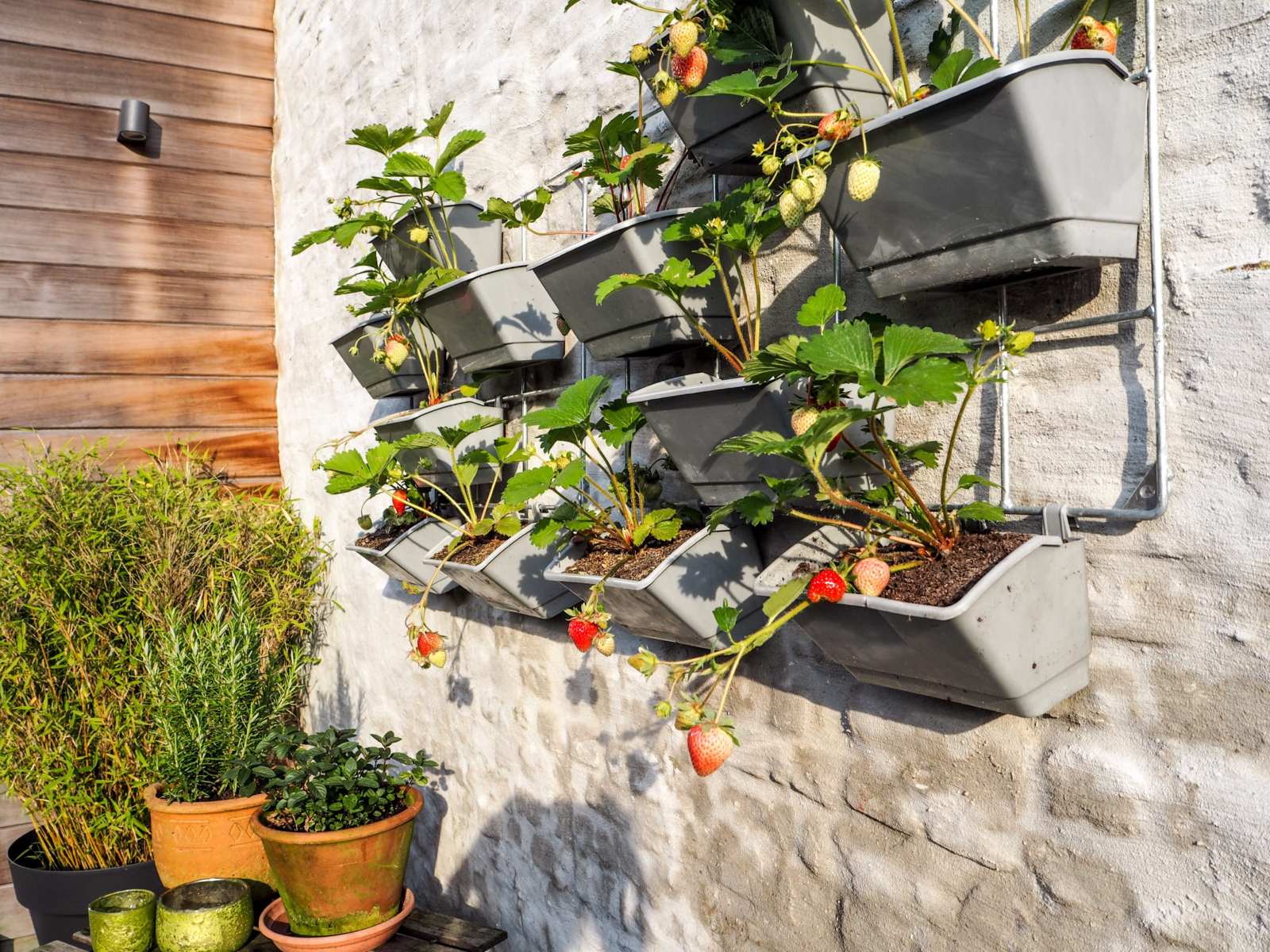
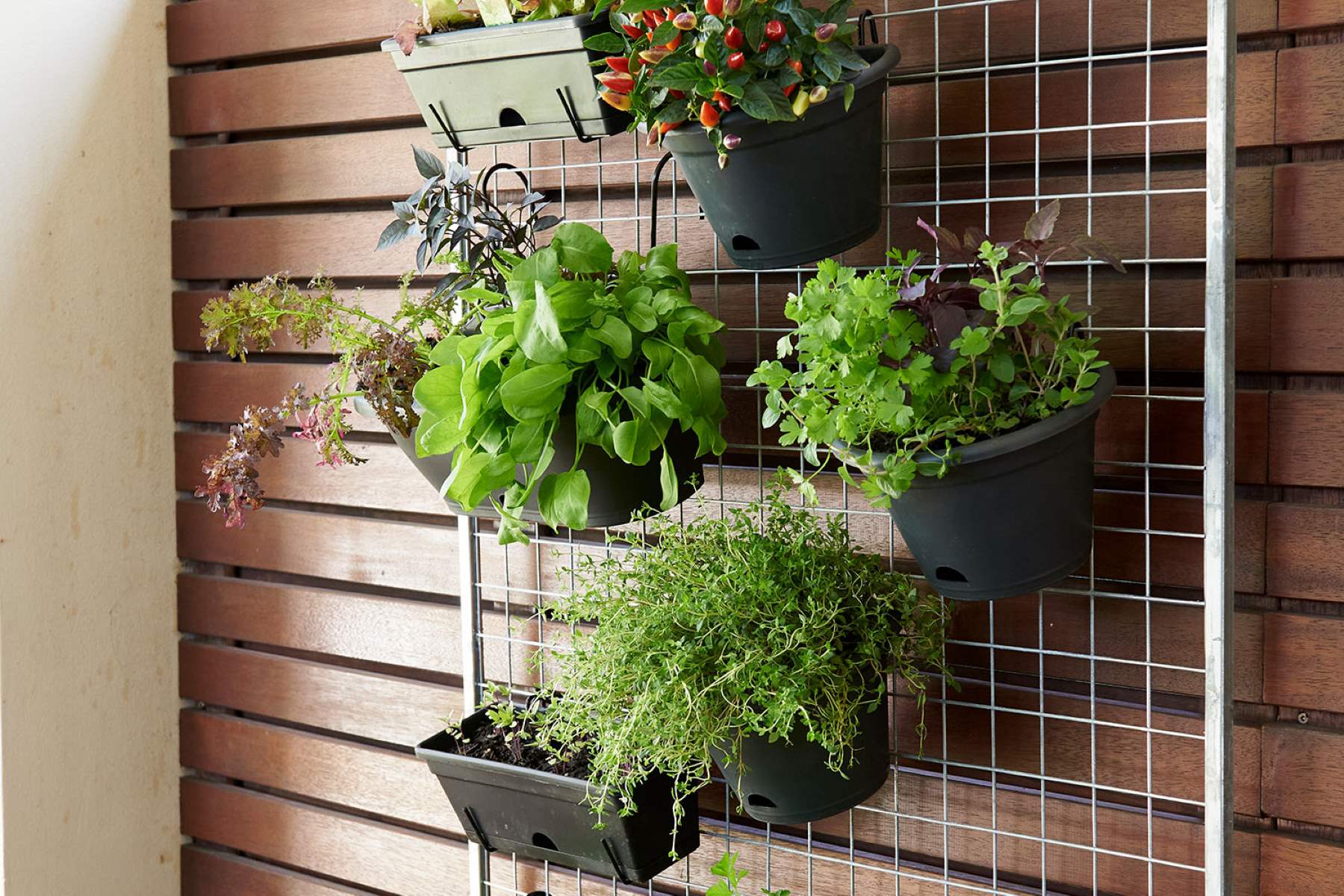
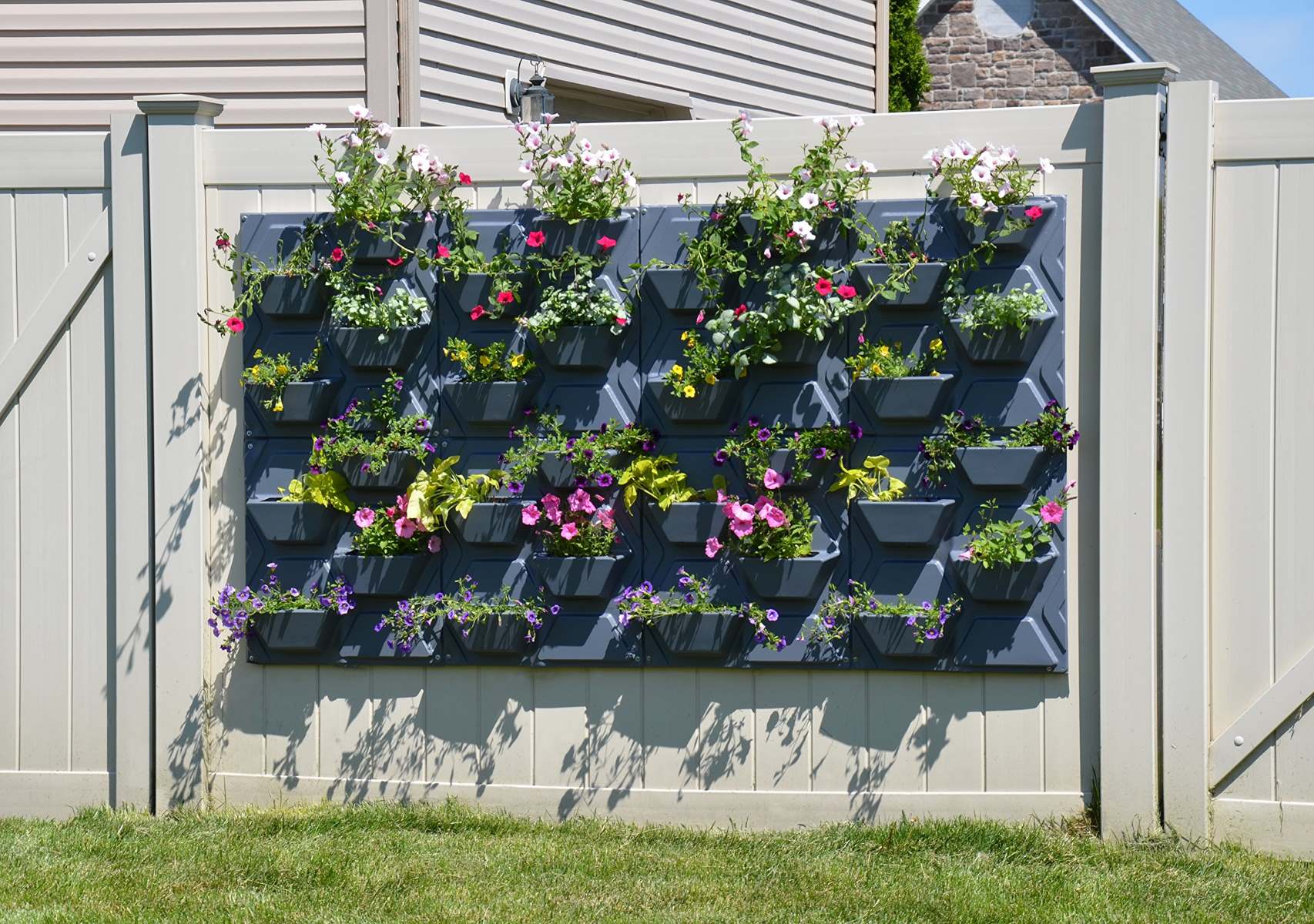
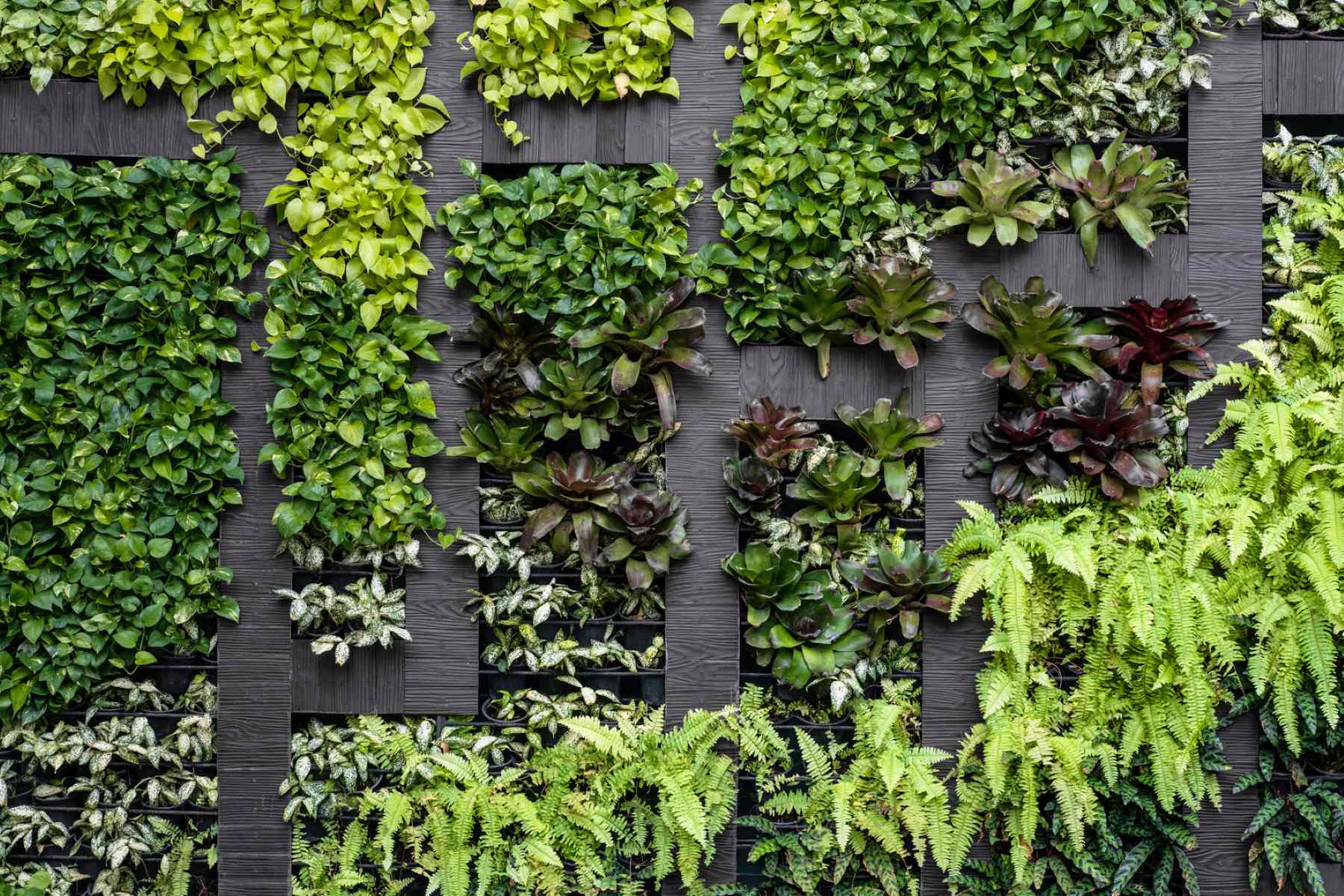
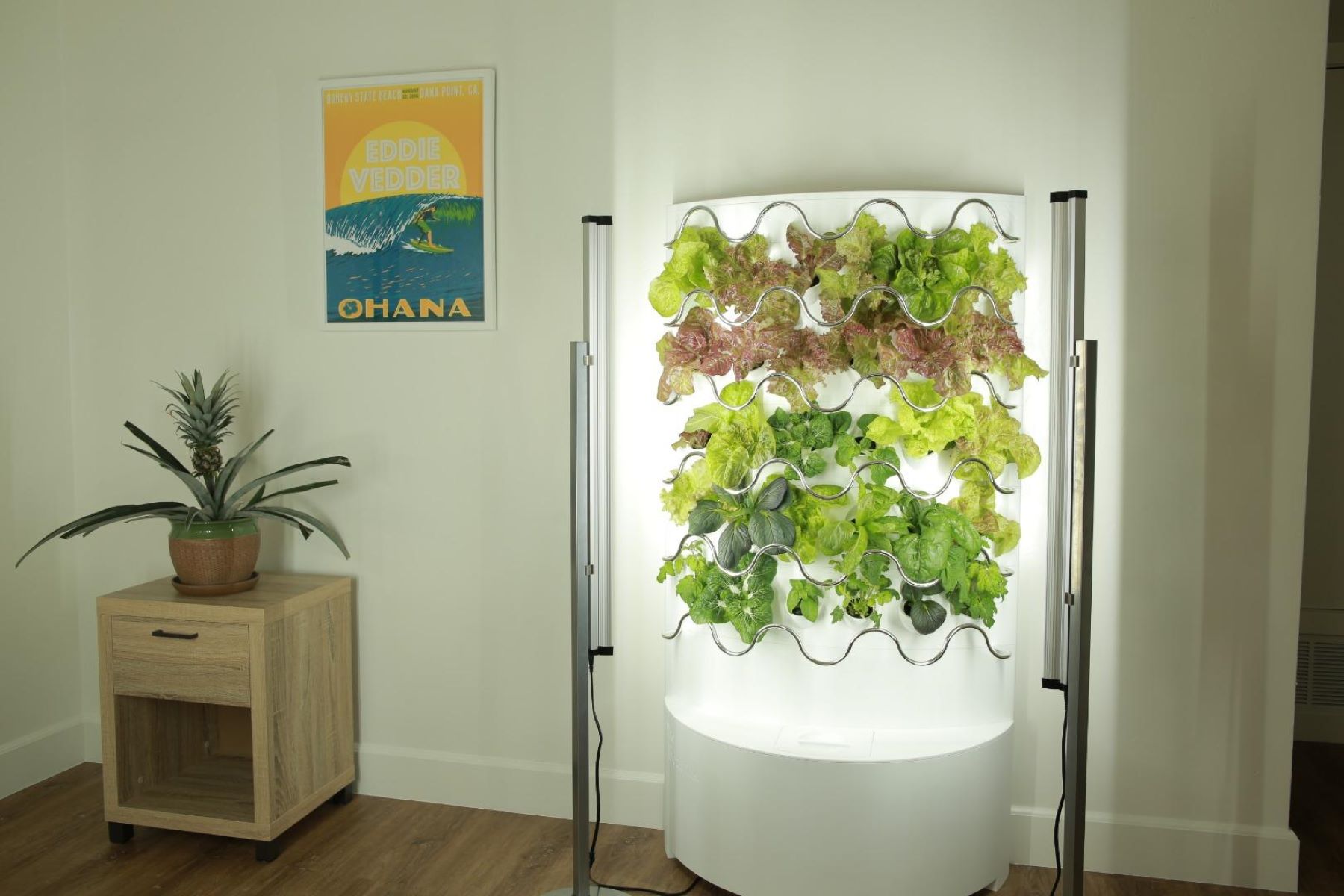

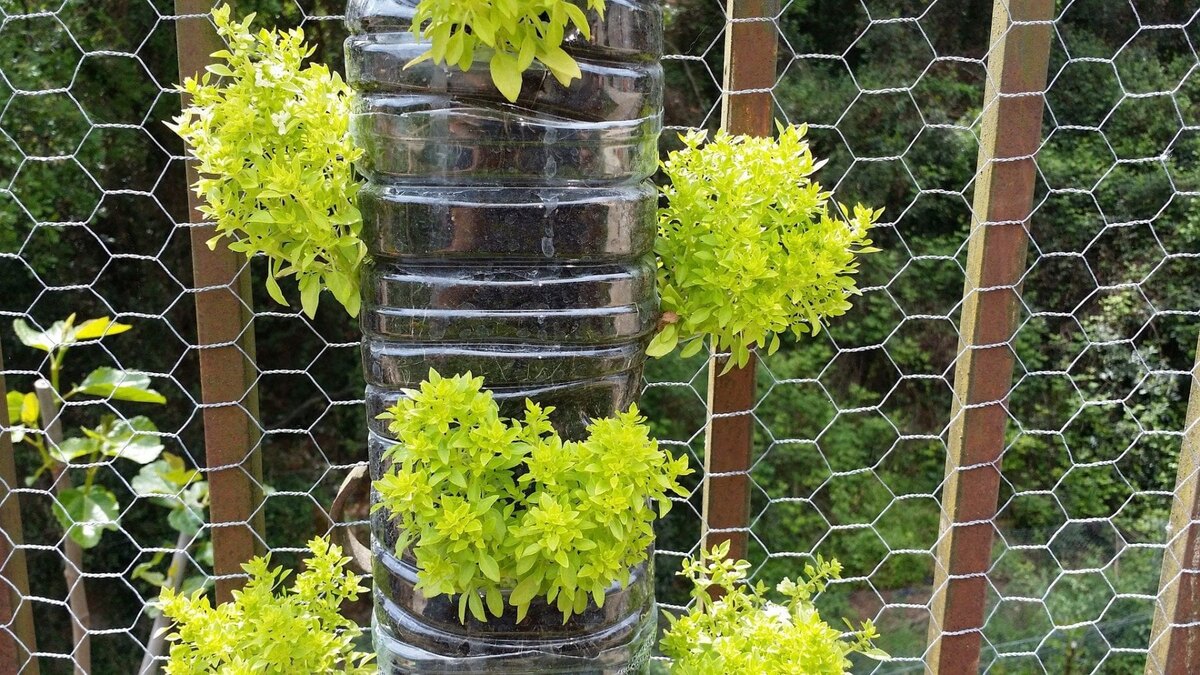
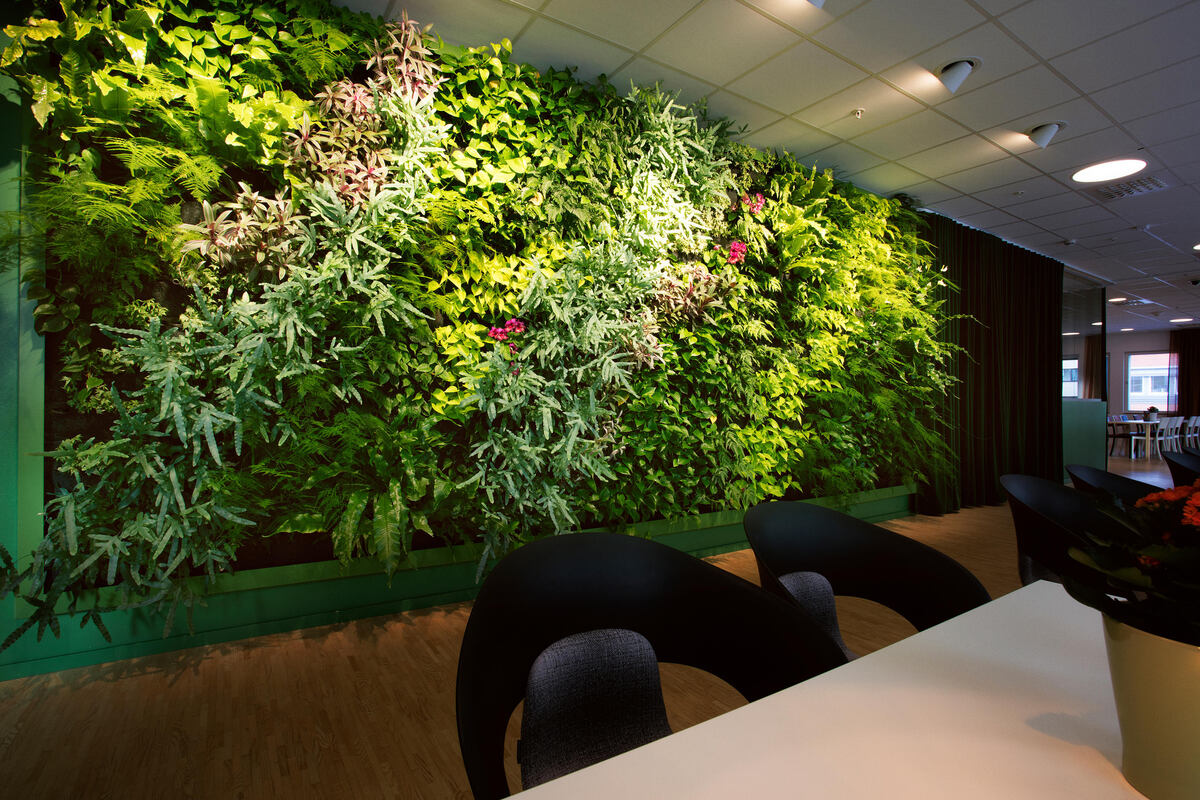
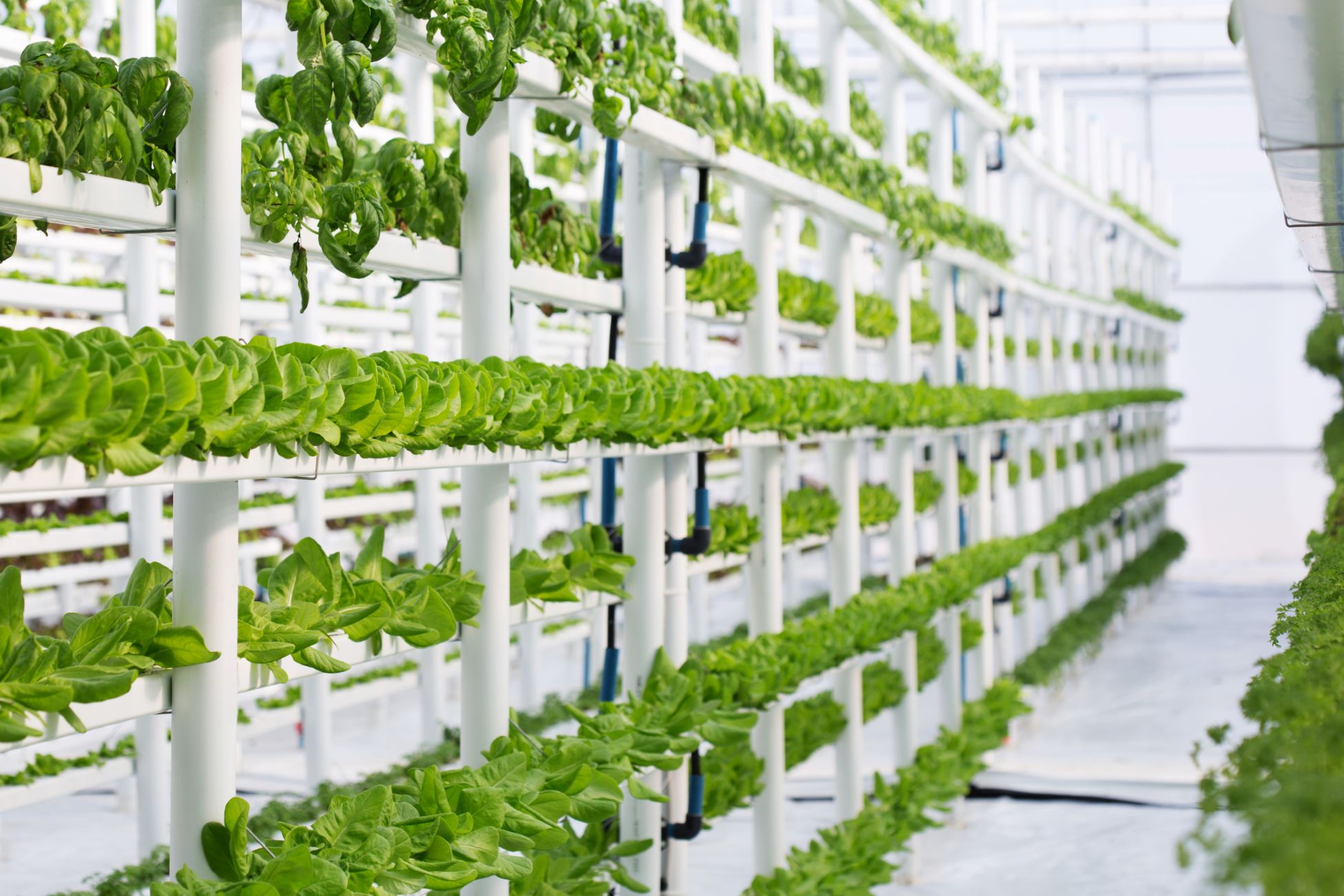
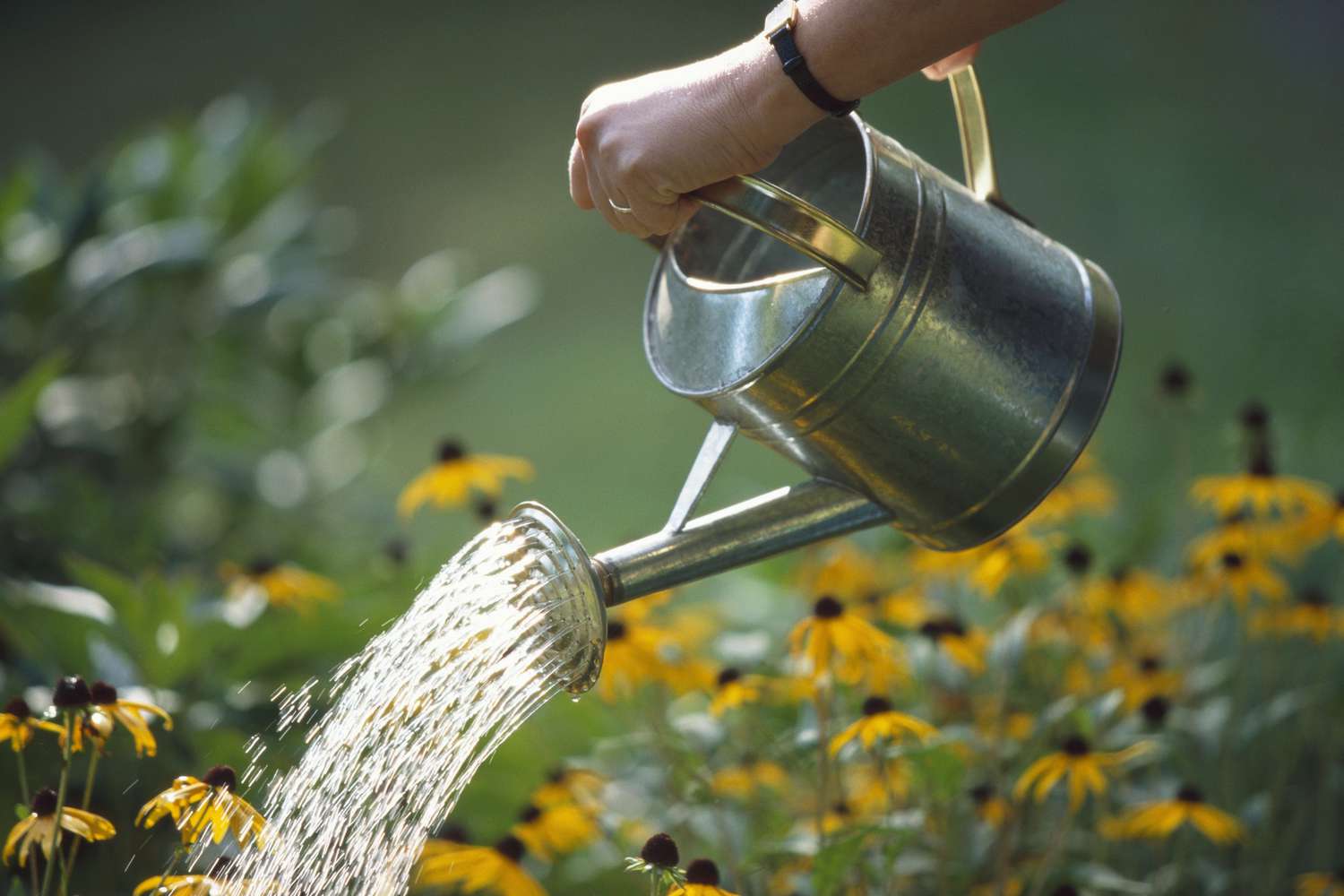
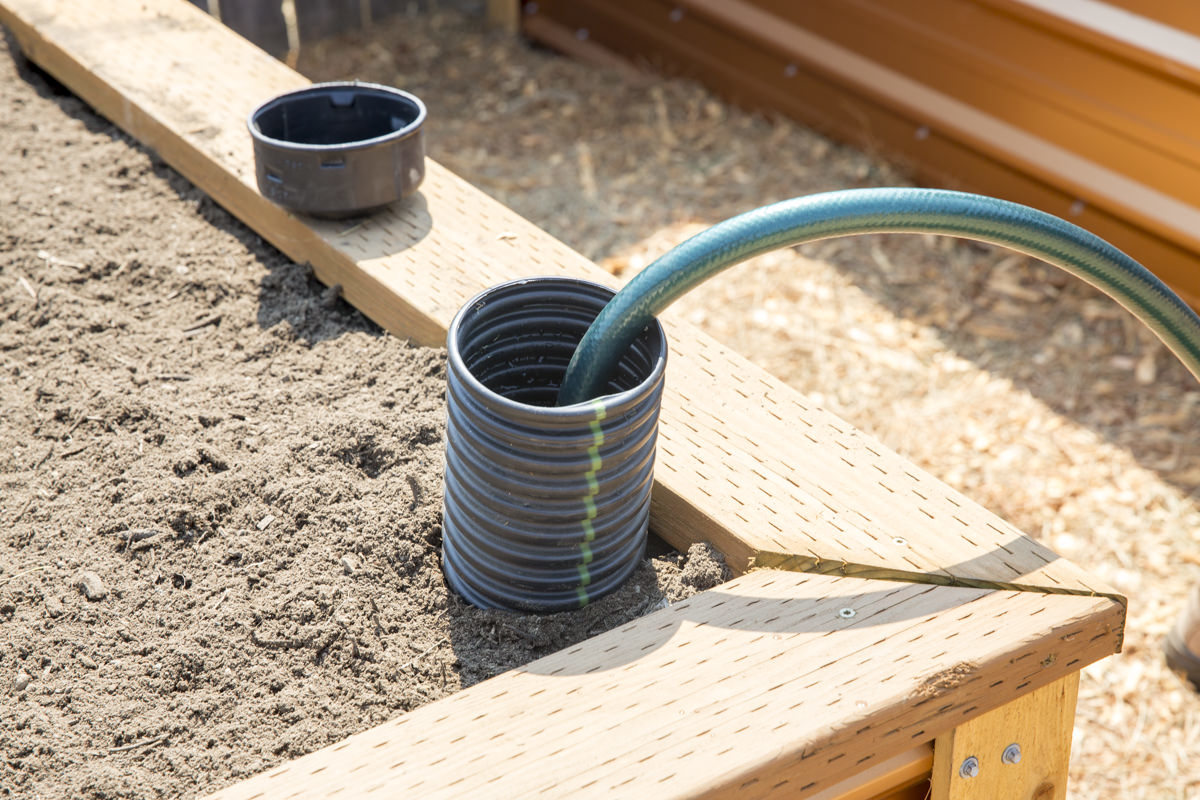
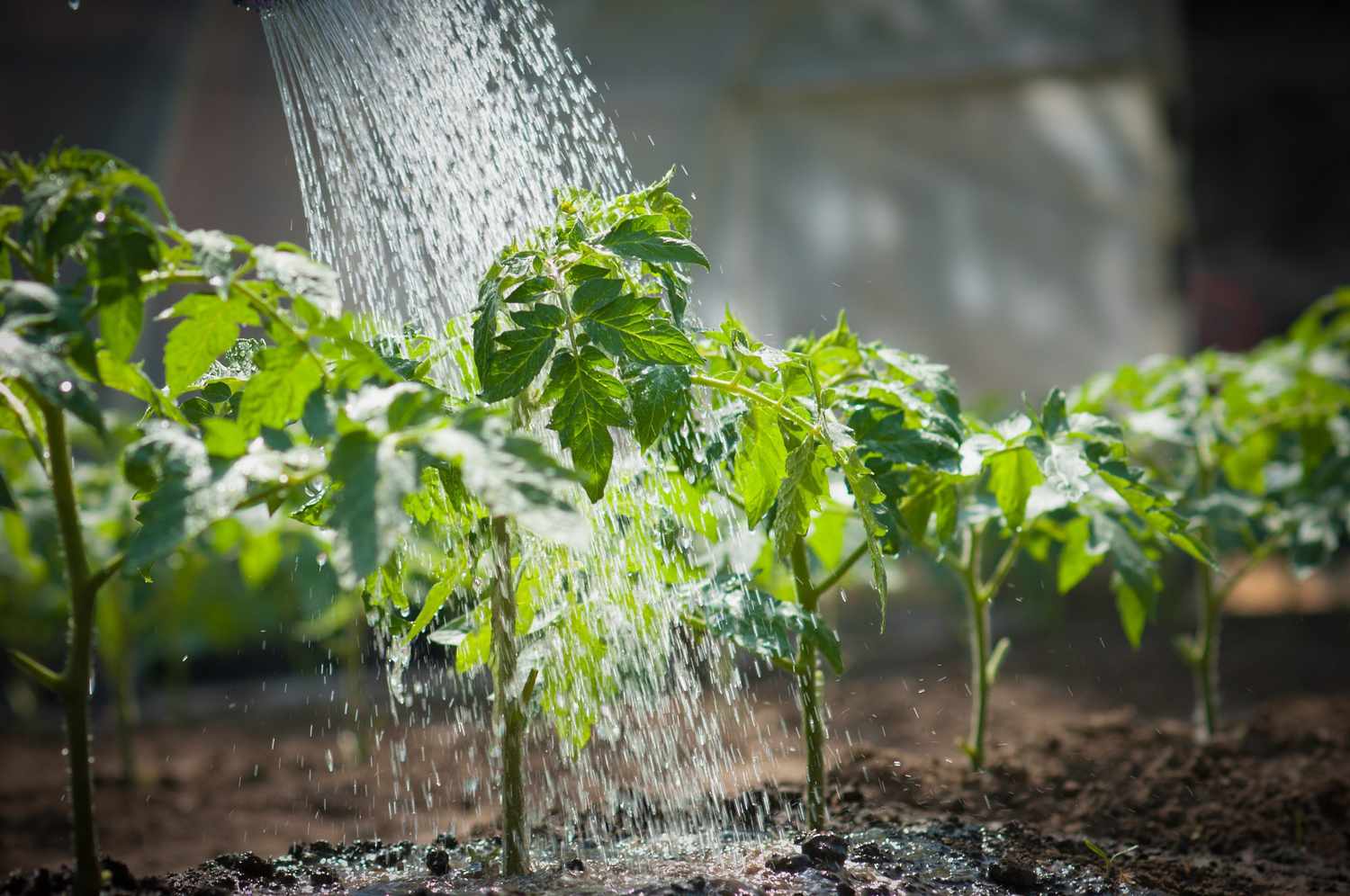
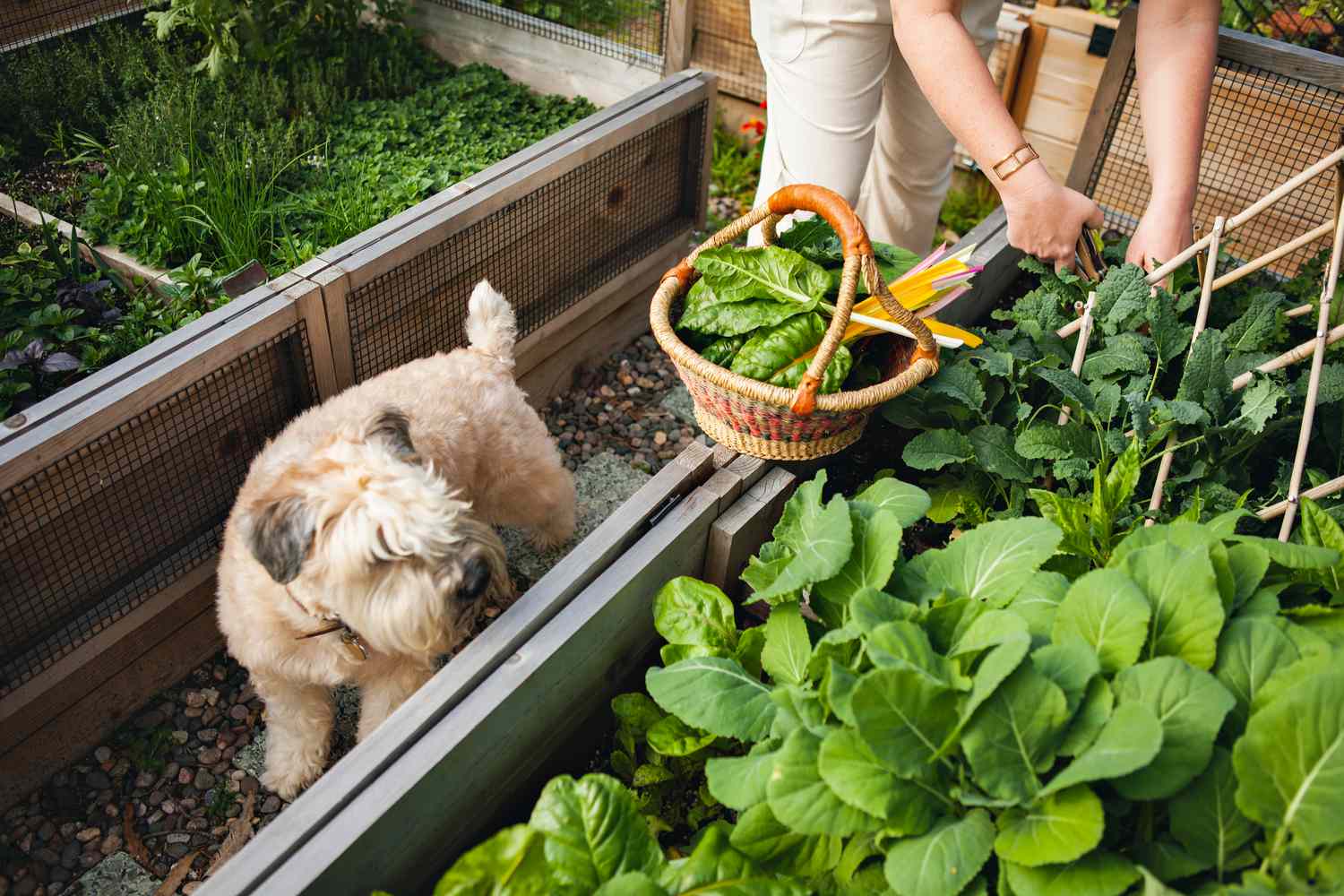
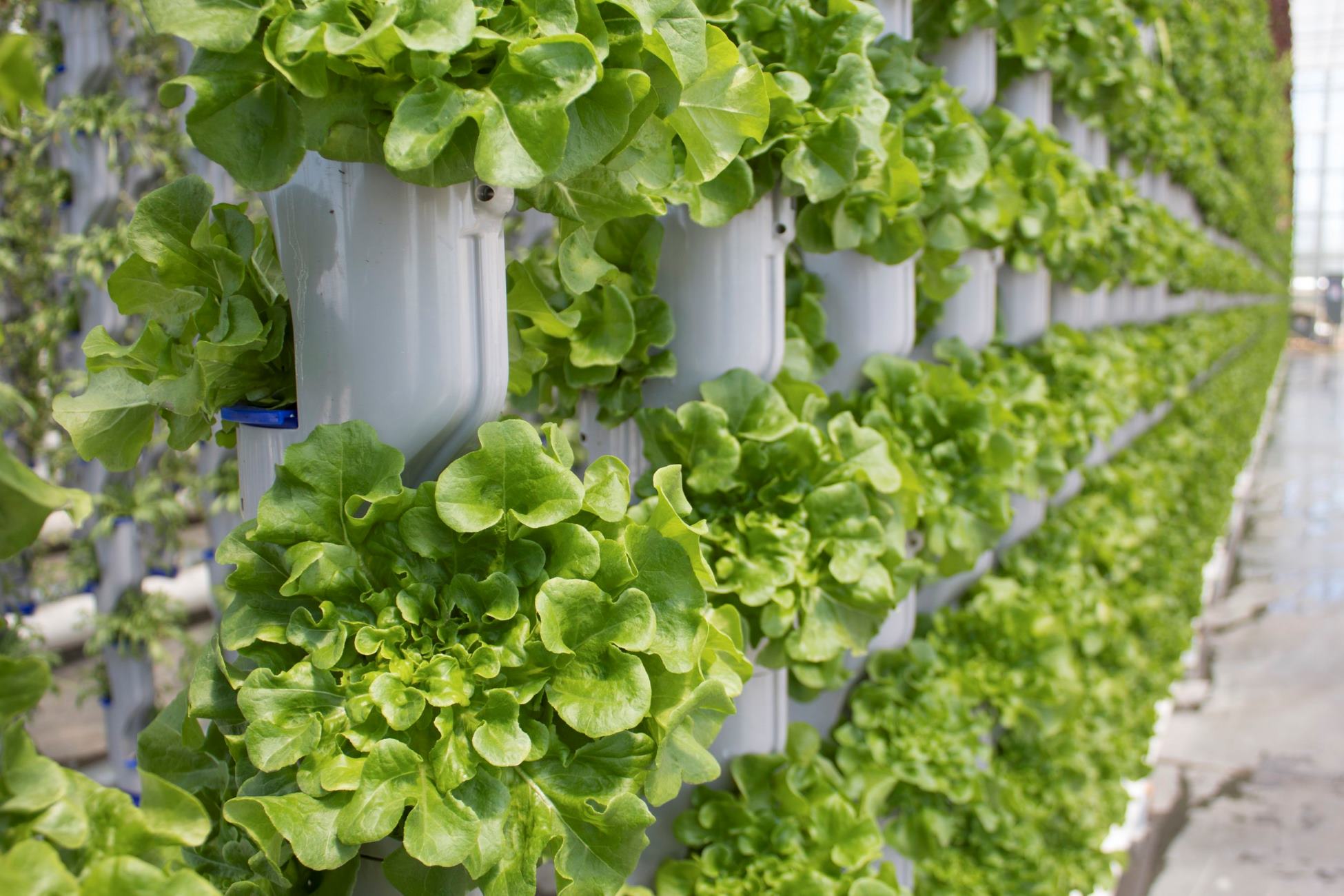

0 thoughts on “How To Water Vertical Garden”